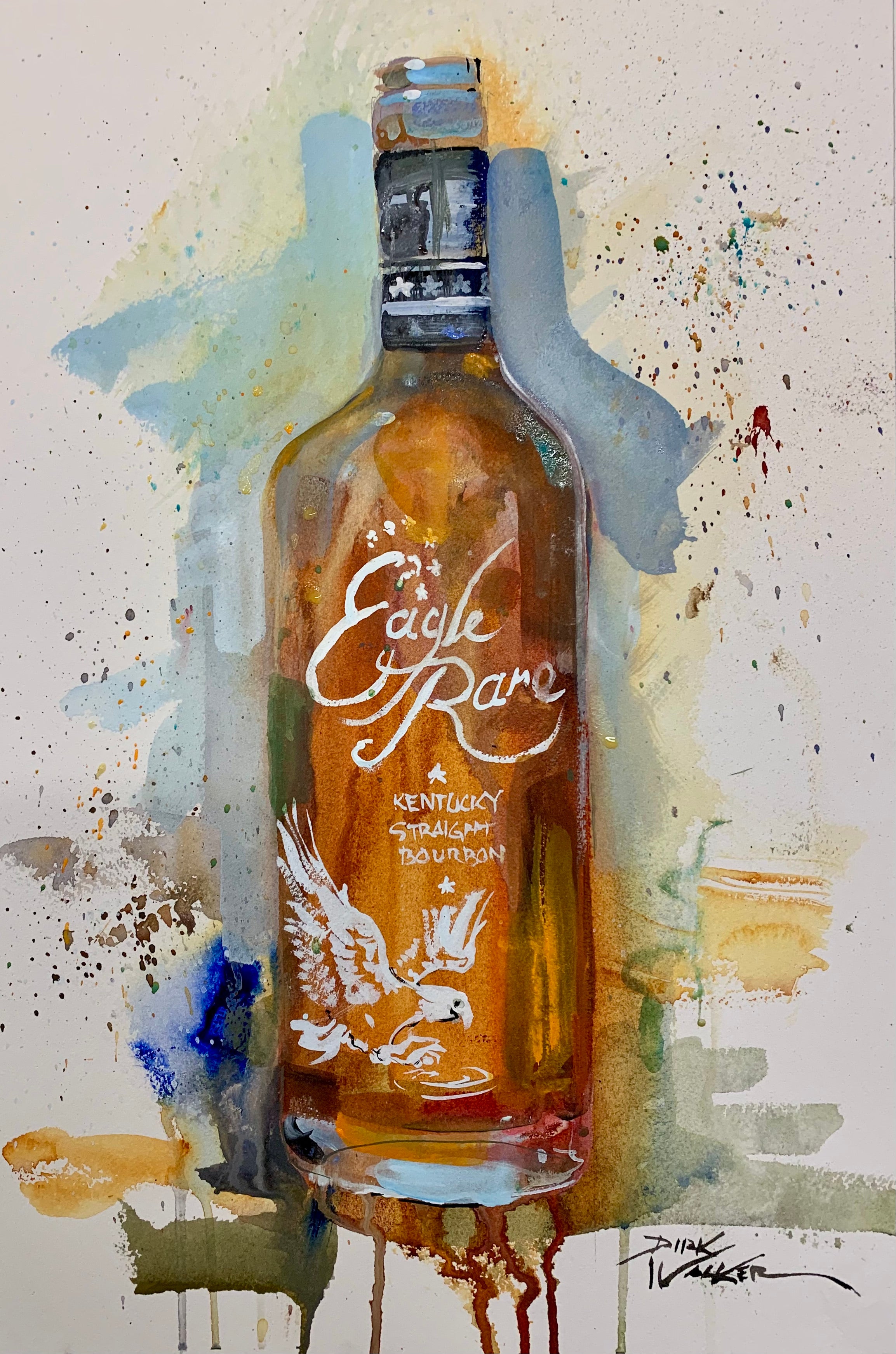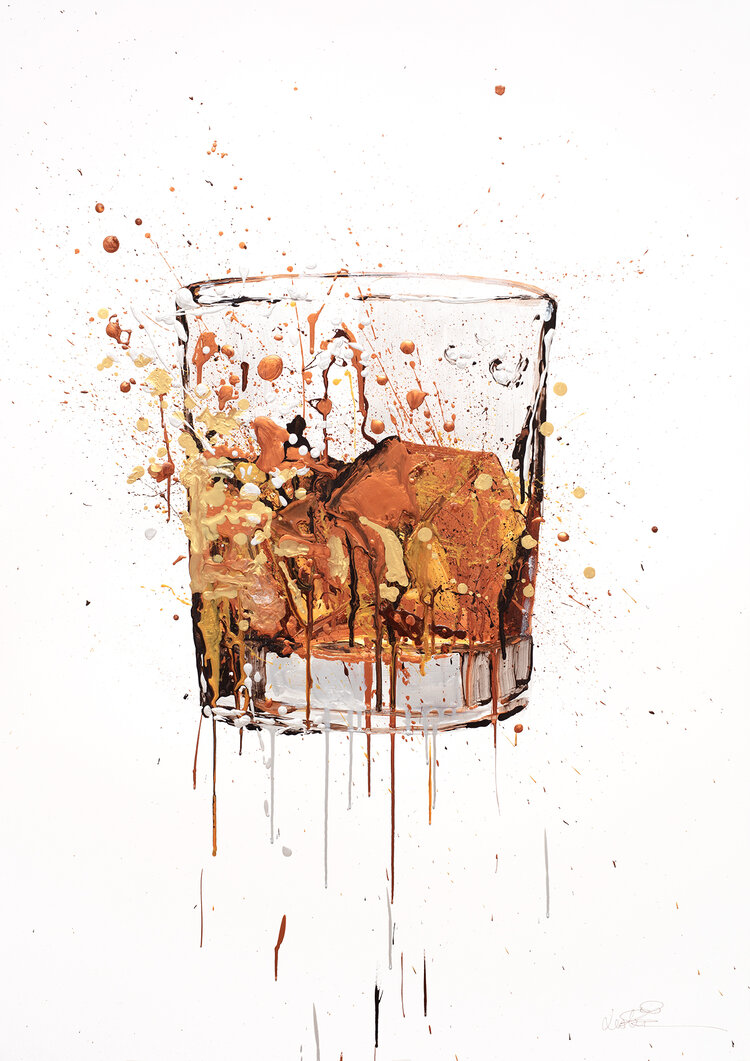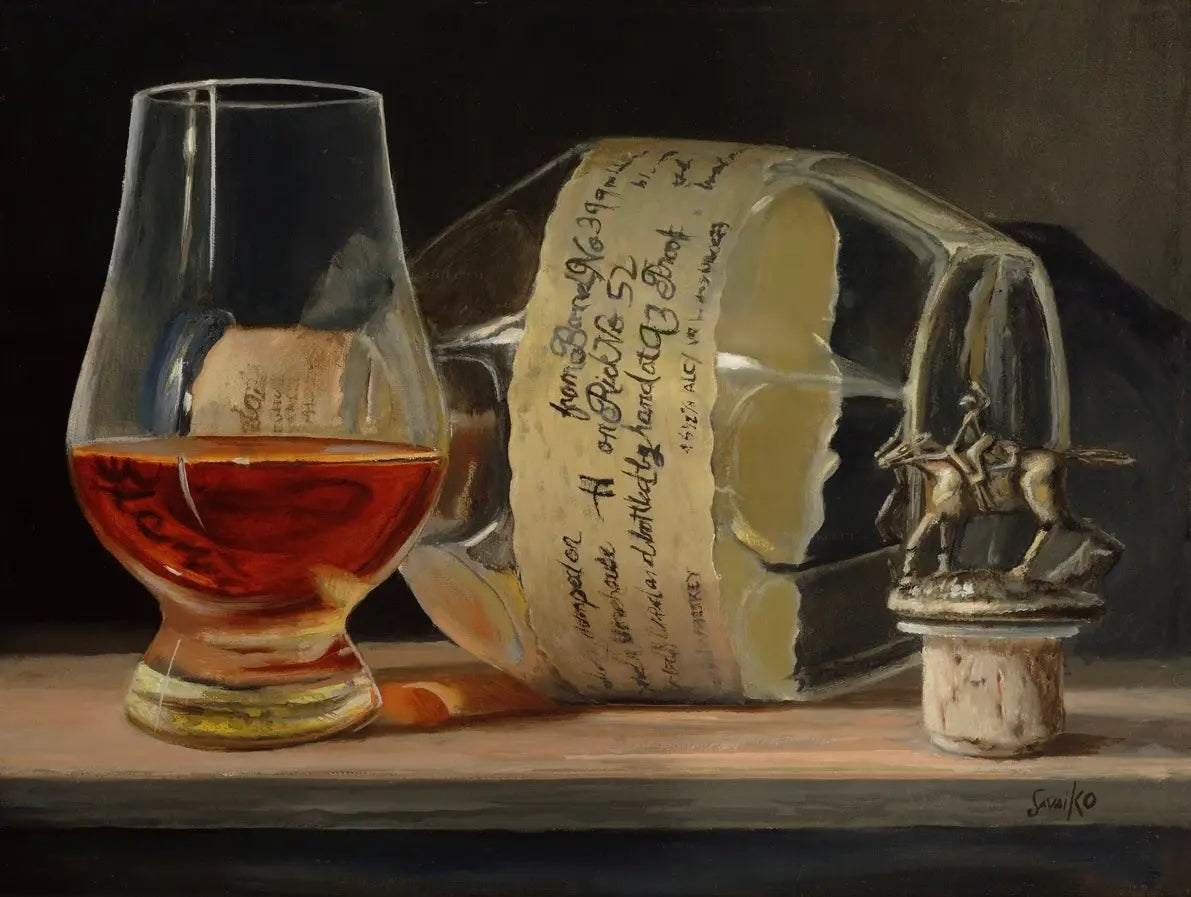Change Your Area with Spectacular Whiskey Art Inspired by Nature
Change Your Area with Spectacular Whiskey Art Inspired by Nature
Blog Article
The Relevance of Whiskey Art in Celebrating Heritage and Craftsmanship in the Beverage Industry
The intricate relationship between whiskey art and the event of heritage and workmanship within the drink market can not be overemphasized. With attentively developed bottles and tags, whiskey brands encapsulate their historical roots and the artisanal abilities that specify their production methods.
The Historical Roots of Whiskey
At the heart of whiskey's appeal lies an abundant tapestry of historical roots that map back to ancient human beings. The beginnings of bourbon can be connected to the distillation practices of the Sumerians and Babylonians around 2000 BCE, where very early forms of fermented grain beverages started to arise. It was in the Center Ages that the art of purification developed considerably, particularly in Ireland and Scotland, leading to the creation of whiskey as we understand it today.
The term "whiskey" itself stems from the Gaelic word "uisce beatha," implying "water of life." This expression highlights the cultural relevance of scotch in Celtic cultures, where it was frequently associated with routines, celebrations, and public bonding. By the 15th century, purification came to be an identified craft within reclusive communities, leading the method for the establishment of legal distilleries.
As profession routes increased, bourbon's appeal grew, going beyond local borders and catching the passion of connoisseurs worldwide. Whiskey Art. This historic trip reflects not just the workmanship behind bourbon production yet additionally its important function in social and social contexts, noting it as a substantial drink throughout history
Artistic Expression in Branding
Scotch branding stands as a compelling crossway of creativity and business, where aesthetic identity plays an important role fit consumer perception. The looks of whiskey tags, packaging, and advertising materials reflect not only the brand's tale however also its core worths and heritage. Through imaginative expression, distilleries share a narrative that resonates with consumers, evoking emotions and sparking links.
Making use of color, typography, and images in branding offers to separate items in a saturated market. Typical motifs may evoke a feeling of credibility and craftsmanship, while modern designs can represent innovation and forward-thinking. This strategic artistic instructions boosts brand recognition and commitment, enabling consumers to forge a personal partnership with the bourbon they select.
Additionally, creative expression in branding frequently offers as a celebration of regional heritage. Distilleries frequently integrate regional icons or historical references into their layouts, producing a feeling of location that welcomes consumers to partake in a wider social experience. Inevitably, the virtuosity behind whiskey branding not just boosts aesthetic allure yet also enriches the total narrative of the brand, promoting a much deeper appreciation for the craftsmanship and heritage embedded in each bottle.
Workmanship in Bottle Layout
The virtuosity obvious in whiskey branding prolongs beyond aesthetic identity to include the craftsmanship involved in container style. Each container works as a vessel not simply for the spirit within, yet likewise for the story it tells regarding its high quality, beginning, and custom. The layout process calls for thorough attention to information, as components such as form, closure, and material add substantially to the total understanding of the whiskey.
Workmanship in container layout entails picking high-quality glass that can boost the whiskey's color and clarity, while likewise offering a tactile experience for the customer. The silhouette of the bottle should be both visually enticing and useful, frequently mirroring the heritage of the brand. Several distilleries choose unique forms or printed logo designs that evoke you can look here a feeling of authenticity and background.
Moreover, the label layout and typography play a vital role in connecting the brand's narrative. Realism Art. A well-crafted bottle not only captivates the consumer's eye however additionally strengthens the brand's commitment to quality and practice. This way, the craftsmanship of container design ends up being an essential aspect of the bourbon experience, merging artistry with an extensive respect for heritage
Social Value of Scotch Art
Commemorating practice and workmanship, the social importance of bourbon art transcends mere looks, linking with the social and historic narratives of the areas from which it stems. Each container functions as a canvas, depicting the unique tales, folklore, and practices that have formed neighborhood whiskey-making techniques. The detailed styles usually show the heritage of the distillers, including icons and themes that resonate with the society and worths of their areas.

In addition, scotch art plays a crucial role in common celebrations and events, working as a tangible link in between people and their shared experiences. By valuing the virtuosity in whiskey product packaging, customers grow a much deeper understanding and respect for the craft, inevitably improving their pleasure of the beverage itself.
Modern Trends in Scotch Presentation
In the last few years, the presentation of bourbon has developed to reflect contemporary tastes and patterns while still recognizing typical workmanship - Whiskey Art. Distilleries are significantly concentrating on aesthetic aspects that enhance the total alcohol consumption experience, linking the void in between heritage and modernity
Ingenious bottle styles have actually arised, usually integrating lasting materials and artistic labels that tell compelling tales. Several brands now collaborate with neighborhood artists, instilling their products with one-of-a-kind visual expressions that resonate with customers. In addition, limited-edition releases are usually packaged in collectible containers, adding value and allure for aficionados.

Conclusion
Finally, scotch art acts as an essential avenue for sharing the heritage and workmanship integral in the drink sector. With complex branding, cutting-edge bottle designs, and culturally significant creative components, whiskey brand names properly honor their customs and get in touch with customers. This artistic narrative not just boosts the admiration of whiskey however also enhances neighborhood identification and satisfaction among producers. Ultimately, bourbon art plays an essential duty in preserving and celebrating the abundant cultural tapestry of whiskey-making.


Workmanship in container layout includes picking top quality glass that can boost the whiskey's color and clarity, while additionally providing a tactile experience for the consumer. In this method, the craftsmanship of bottle design ends up being a crucial aspect of the whiskey Website experience, merging virtuosity with a profound regard for heritage.
In verdict, bourbon art offers as a crucial avenue for sharing the heritage and workmanship inherent in the drink market.
Report this page